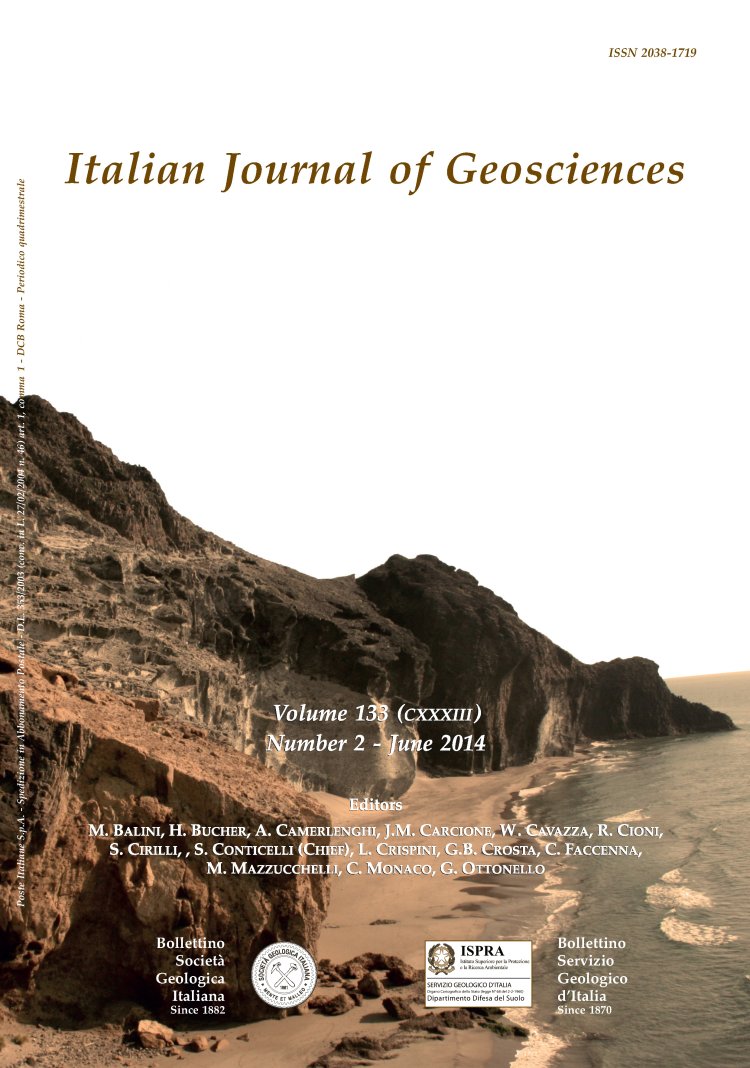
Land mollusc palaeocommunity dynamics related to palaeoclimatic changes in the Upper Pleistocene alluvial deposits of Marche Apennines (central Italy)
Carmine D’Amico (*) (**), Daniela Esu (***) & Mauro Magnatti (****)
(*) Dipartimento di Bioscienze e Territorio, Università degli Studi del Molise, Pesche (Isernia), Italy. Corresponding author: Carmine D’Amico, e-mail: crmn.damico@gmail.com; tel: +393382813821.
Dipartimento di Bioscienze e Territorio, Università degli Studi del Molise, C. da Fonte Lappone, 86090 Pesche (Isernia), Italy.
(**) G.I.R.M.M. - Gruppo Informale di Ricerche Micropaleontologiche e Malacologiche; www.girmm.com
(***) Dipartimento di Scienze della Terra, Sapienza Università di Roma, Roma, Italy.
(****) Museo delle Scienze, Università di Camerino, Camerino, Italy.
Volume: 133 (2014) f.2
Pages: 235-248
Abstract
A detailed chronological scheme based on 14C and U/Th datings of Upper Pleistocene slope and alluvial deposits in the Upper Esino River Basin (Marche, central Italy), containing archaeological remains, pollens and land molluscs, constrains the time-range deposition of cold climate slope-waste and coeval alluvial deposits between the Middle Pleniglacial and Late Glacial. Integrating molluscan analyses and stratigraphical data (sedimentary features, 14C and
U/Th datings) from an Upper Pleistocene stratigraphical section of fluvial gravelly and sandy-silty sediments near Matelica (Macerata) allowed a detailed palaeoenvironmental reconstruction. Well preserved land gastropod assemblages from nine levels, typical of cold/cool climate and variable humidity of stadials and interstadials showing prevalence of open and dry environment, were analysed by quantitative methods. Palaeocommunity dynamics through the section, due to alternate cool-cold climatic conditions, proved to be consistent with sedimentary features: braid plain channel gravelly sediments of stadials yielded poor-species assemblages of very dry exposed places (steppe-like), sandy-silty sediments of interstadials recorded diversified molluscan fauna with steppe-prairie species and taxa of more or less damp conditions, suggesting more humid environment.
Dominance or decrease in specimen number of one species and variation in species composition were strongly influenced by palaeoclimatic changes, highlighting detailed climatic and palaeoenvironmental variations through time.
Keywords
Get Full Text